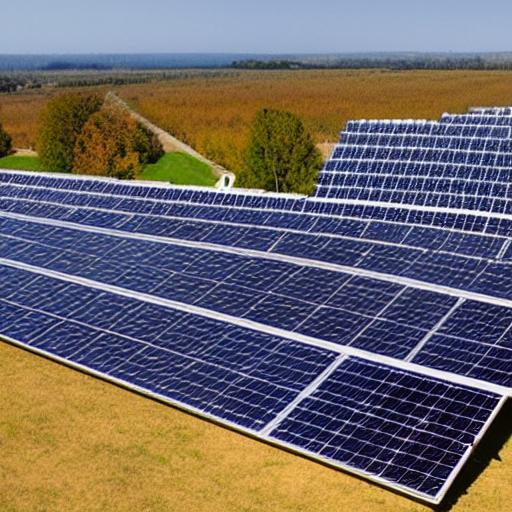Machine learning is being used by University of California, Davis College of Engineering researchers to find novel materials for highly efficient solar cells. They have discovered that it is possible to predict the materials’ dynamic behaviour with extremely high accuracy, without having to conduct as many experiments, using high-throughput experiments and machine learning-based algorithms.
According to Marina Leite, associate professor of materials science and engineering at UC Davis and senior author on the paper, hybrid perovskites are organic-inorganic molecules that have drawn a lot of interest in recent years due to their potential usage in renewable energy. Some are as efficient as silicon for creating solar cells, but because they are cheap to manufacture and lighter, they may be used for a variety of applications, such as light-emitting devices.
The fact that perovskite devices tend to degrade much more quickly than silicon when exposed to moisture, oxygen, light, heat, and voltage is a major problem in the sector. Finding perovskites that offer high-efficiency performance and environmental resistance is the issue.
The general structure of perovskites is ABX3, where X is a halide (based on chlorine, iodine, or fluorine, alone or in combination), B is lead or tin, and A is an organic (carbon-based) or inorganic group. This indicates that there are a huge variety of conceivable chemical fusions, according to Leite. In addition, they must be evaluated in the context of several environmental factors, both separately and together. This creates a hyperparameter space that cannot be explored by traditional trial-and-error techniques.
Leite stated that the chemical parameter space is enormous. It would take a lot of time and effort to test them all.
Experiments with high throughput and machine learning
Leite and graduate students Meghna Srivastava and Abigail Hering decide to examine whether machine learning algorithms could be successful when assessing and predicting the impacts of moisture on material deterioration as a first and essential step towards resolving these challenges.
To gauge the photoluminescence efficiency of five various perovskite films in the Sacramento summertime sun, Srivastava and Hering constructed an automated, high-throughput device. They were able to gather more than 7,000 measurements in a single week, gathering enough information to create a trustworthy training set.
Three different machine learning algorithms were trained using this data: a neural network, a linear regression model, and a statistical model dubbed SARIMAX. They contrasted the physical outcomes obtained in the lab with the predictions made by the models. During a span of more than 50 hours, the SARIMAX model displayed the best performance with a 90% agreement to the observed values.
These findings show that machine learning may be used to find potential materials and the best environmental conditions to keep perovskites from degrading, according to Leite. Expanding the tests to include additional environmental component combinations will be the next stage.
Leite asserted that the perovskite film is merely a component of a full photovoltaic cell. To predict the behaviour of a whole gadget, the same machine learning methodology may be applied.








